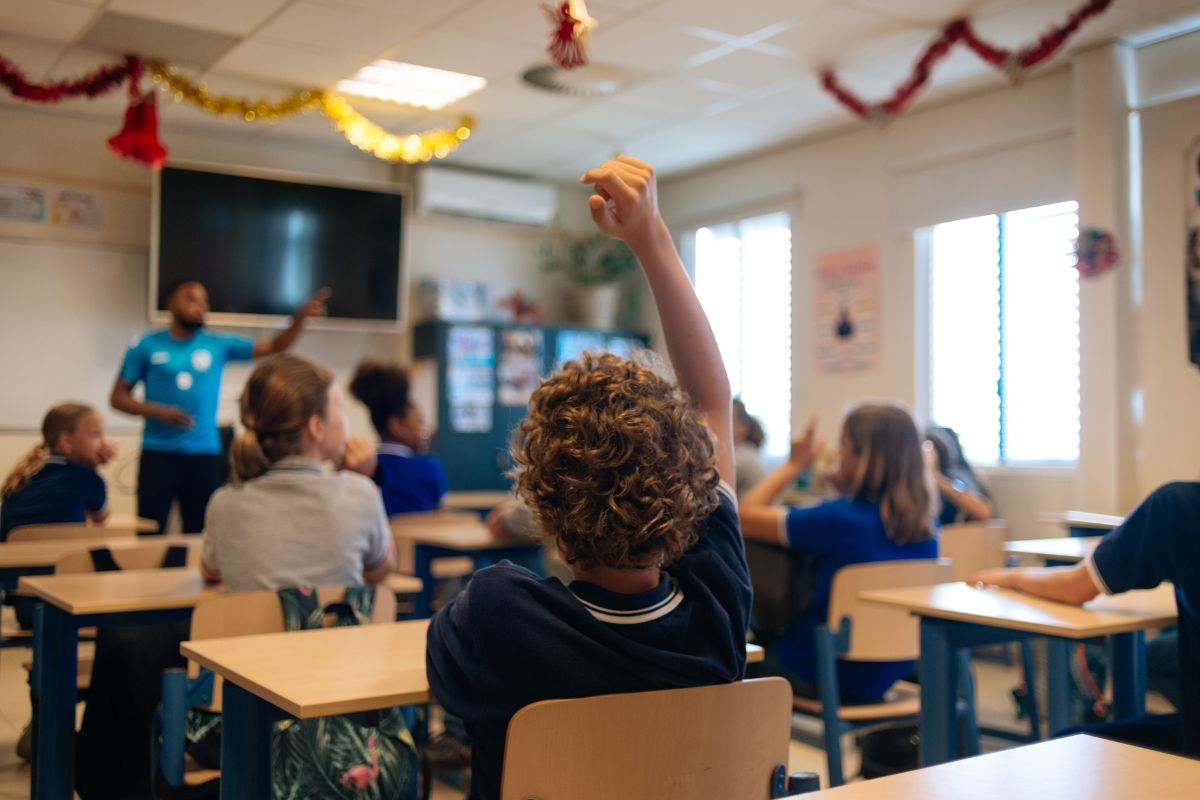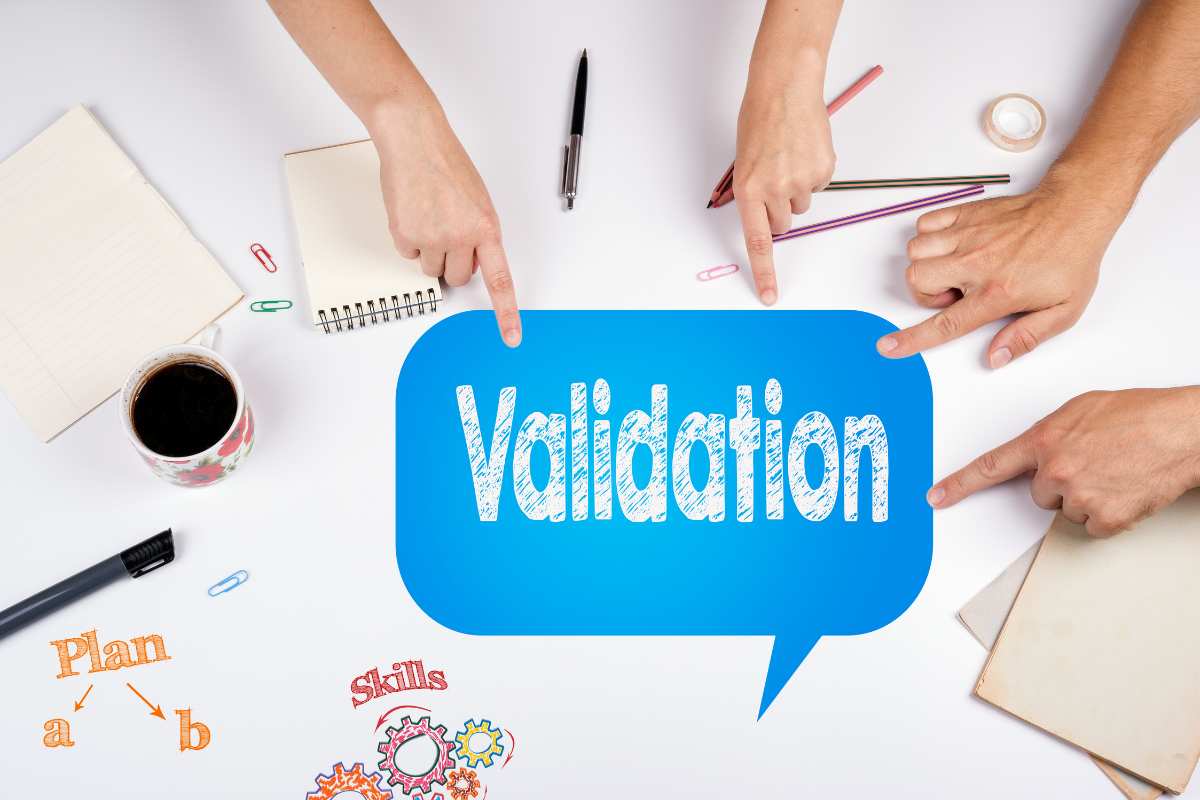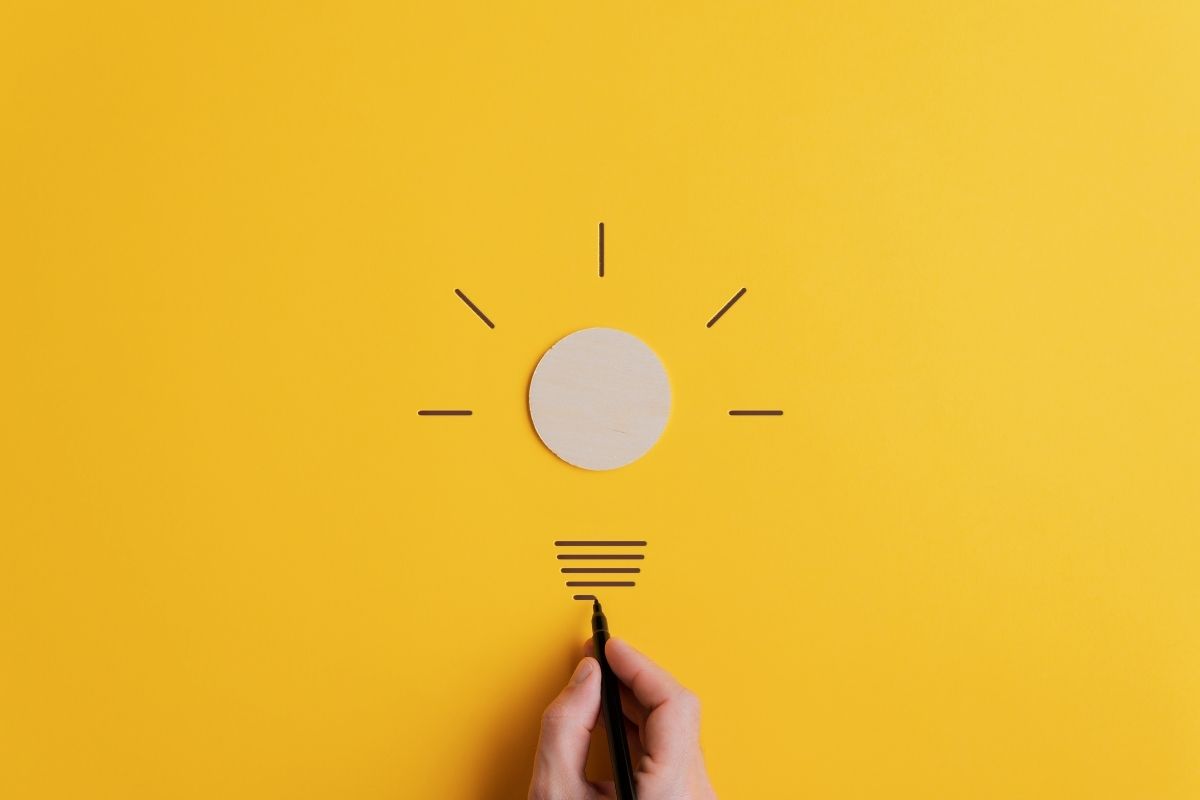In today’s diverse educational landscape, one of the most critical challenges and opportunities for educators is to address the varied learning styles of their students effectively. Recognizing and catering to these differences is beneficial and essential for fostering an inclusive and effective learning environment. This article delves into the concept of differentiation in the classroom, exploring strategies to meet the needs of students with diverse learning styles.
Understanding
Before diving into differentiation strategies, it’s crucial to understand what we mean by “diverse learning styles.” Students learn in different ways, and their preferences can be broadly categorized into various learning styles. These include:
- Visual Learners: Prefer to see and visualize information.
- Auditory Learners: Learn best through listening and speaking.
- Reading/Writing Learners: Thrive in reading and writing activities.
- Kinesthetic Learners: Learn best through hands-on experiences and movement.
Understanding these styles helps educators tailor their teaching methods to enhance student engagement and learning outcomes.
The Importance of Differentiation

Differentiation refers to the process of tailoring instruction to meet the individual needs of students. By doing so, educators can address the diverse learning styles present in their classrooms. Here’s why differentiation is so important:
- Increases Student Engagement: When lessons are aligned with students’ learning styles, they are more likely to be engaged and motivated.
- Supports Inclusive Education: Differentiation ensures that all students, regardless of their learning preferences, receive appropriate support and challenges.
- Improves Academic Achievement: By meeting students at their individual levels, differentiation can lead to improved understanding and academic success.
- Promotes a Positive Classroom Environment: A differentiated classroom is often more inclusive, fostering a sense of belonging and respect among students.
As a visionary CIO, understanding diverse learning styles is pivotal. By leveraging technology and data analytics, we can tailor educational experiences to meet the unique needs of visual, auditory, kinesthetic, and reading/writing learners. Implementing adaptive learning platforms and interactive tools ensures inclusivity and engagement, fostering a dynamic learning environment where every student thrives. Embracing innovation in curriculum design and assessment methods empowers educators to optimize student outcomes and prepare them for a rapidly evolving world.
Strategies for Differentiation
To effectively cater, educators can implement various differentiation strategies. Here are some practical approaches:
1. Flexible Grouping
Flexible grouping involves organizing students into different groups based on their learning styles, interests, or abilities. This strategy allows students to work in various configurations, promoting collaboration and peer learning.
- Interest-Based Groups: Group students based on common interests or topics they are passionate about.
- Ability-Based Groups: Form groups according to student’s skill levels, ensuring that each group is appropriately challenged.
- Mixed-Ability Groups: Encourage diverse interactions by mixing students of different abilities, fostering peer support and learning.
2. Varied Instructional Strategies
Using a variety of teaching methods can help address the diverse learning styles in the classroom. Here are some effective instructional strategies:
- Visual Aids: Incorporate charts, diagrams, videos, and graphic organizers to support visual learners.
- Auditory Resources: Use podcasts, discussions, and audiobooks to engage auditory learners.
- Hands-On Activities: Implement experiments, role-playing, and building projects to cater to kinesthetic learners.
- Reading and Writing Tasks: Provide opportunities for reading, writing, and note-taking to support reading/writing learners.
3. Differentiated Content
Tailoring the content of lessons to meet the diverse learning styles can enhance comprehension and retention. Consider the following approaches:
- Content Choice: Allow students to choose from various texts, topics, or projects that match their interests and learning styles.
- Tiered Assignments: Create assignments with different levels of complexity, ensuring that all students are appropriately challenged.
- Choice Boards: Provide students with a menu of activities or projects to choose from, giving them control over their learning path.
4. Adjusting Learning Environments
The classroom environment can significantly impact learning. Here’s how to modify the setting to support diverse learning styles:
- Seating Arrangements: Arrange seating to facilitate different learning activities, such as collaborative work or individual study.
- Learning Stations: Set up various stations in the classroom, each designed to support different learning styles.
- Comfortable Spaces: Create quiet corners or cozy areas for students who benefit from a calm environment.
5. Utilizing Technology

Technology can be a powerful tool in differentiating instruction. Here are some ways to incorporate technology to support diverse learning styles:
- Interactive Tools: Use educational apps and software that cater to different learning styles, such as interactive whiteboards or virtual reality.
- Online Resources: Provide access to online videos, tutorials, and e-books that can enhance learning for visual and auditory learners.
- Collaborative Platforms: Use online forums, discussion boards, and collaborative tools to support group work and peer learning.
6. Continuous Assessment and Feedback
Ongoing assessment and feedback are vital for differentiation. Here’s how to implement these practices effectively:
- Formative Assessment: Use quizzes, observations, and discussions to assess student understanding regularly.
- Summative Assessment: Provide varied assessment formats, such as projects, presentations, and tests, to accommodate different learning styles.
- Feedback Loops: Offer timely and specific feedback, helping students understand their progress and areas for improvement.
Implementing Differentiation in Your Classroom
Now that we’ve explored various strategies, let’s discuss how to implement differentiation effectively in your classroom:
1. Start Small
Begin with one or two differentiation strategies and gradually expand. For instance, you might start by incorporating flexible grouping or using visual aids in your lessons.
2. Know Your Students
Get to know your students’ learning styles, interests, and strengths. Use surveys, observations, and one-on-one conversations to gather this information.
3. Plan with Flexibility
When planning your lessons, build flexibility. Prepare multiple ways to present information and offer various types of assignments and assessments.
4. Collaborate with Colleagues
Work with fellow educators to share ideas and strategies. Collaborative planning can enhance your differentiation efforts and provide support and inspiration.
5. Reflect and Adjust
Regularly reflect on your teaching practices and student outcomes. Seek feedback from students and colleagues, and be willing to adjust your strategies based on what works best.
Case Studies: Successful Differentiation
To illustrate the impact of differentiation on diverse learning styles, let’s explore some real-life case studies:
Case Study 1: Mrs. Smith’s Science Class
Mrs. Smith, a middle school science teacher, implemented flexible grouping and varied instructional strategies in her classroom. She created interest-based groups for a project on ecosystems, allowing students to choose their topics. Visual learners benefited from diagrams and videos, while kinesthetic learners engaged in hands-on experiments. Auditory learners participated in group discussions and podcasts, and reading/writing learners completed research papers. The result? Increased student engagement and a deeper understanding of the subject matter.
Case Study 2: Mr. Johnson’s Literature Circle
Mr. Johnson, a high school English teacher, used differentiated content and technology to enhance his literature circles. He provided students with a choice board of activities, including creative writing, debates, and digital storytelling. Students used tablets and laptops to access online resources and collaborate on projects. By catering to diverse learning styles, Mr. Johnson saw higher participation rates and improved critical thinking skills among his students.
Challenges and Solutions in Differentiation
While differentiation is highly beneficial, it can present challenges. Here are some common challenges and practical solutions:
Challenge 1: Time Constraints
Solution: Start with small, manageable changes and gradually incorporate more differentiation. Use planning time efficiently and collaborate with colleagues to share the workload.
Challenge 2: Classroom Management
Solution: Establish clear routines and expectations. Use visual aids and structured activities to keep students focused and engaged. Implement classroom management strategies that support group work and individual tasks.
Challenge 3: Assessing Diverse Learning Styles

Solution: Use a variety of assessment methods, such as projects, presentations, and portfolios. Provide opportunities for self-assessment and peer assessment, allowing students to reflect on their learning process.
The Future of Differentiation
As education continues to evolve, so will the approaches to differentiation. Emerging trends and technologies will further enhance our ability to cater to diverse learning styles. Here are some future considerations:
- Personalized Learning Platforms: Advanced technology will enable more personalized learning experiences, adapting to each student’s needs and preferences.
- Increased Professional Development: Ongoing training and support for teachers will be essential in equipping them with the skills and knowledge to implement effective differentiation.
- Greater Focus on Social-Emotional Learning: Addressing students’ emotional and social needs will become an integral part of differentiation, fostering a supportive and inclusive learning environment.
Conclusion
Catering to diverse learning styles is not just a teaching strategy; it’s a commitment to fostering an inclusive, engaging, and effective learning environment. By embracing differentiation, educators can ensure that every student has the opportunity to succeed, regardless of their individual learning preferences. Whether you’re just starting with differentiation or looking to enhance your existing practices, the key is to remain flexible, creative, and student-centered.
Remember, differentiation is a journey, not a destination. By continually learning, adapting, and reflecting, you can make a significant impact on your students’ learning experiences. So, take the first step today and begin the rewarding process of differentiating your classroom to meet the needs of all learners.


















